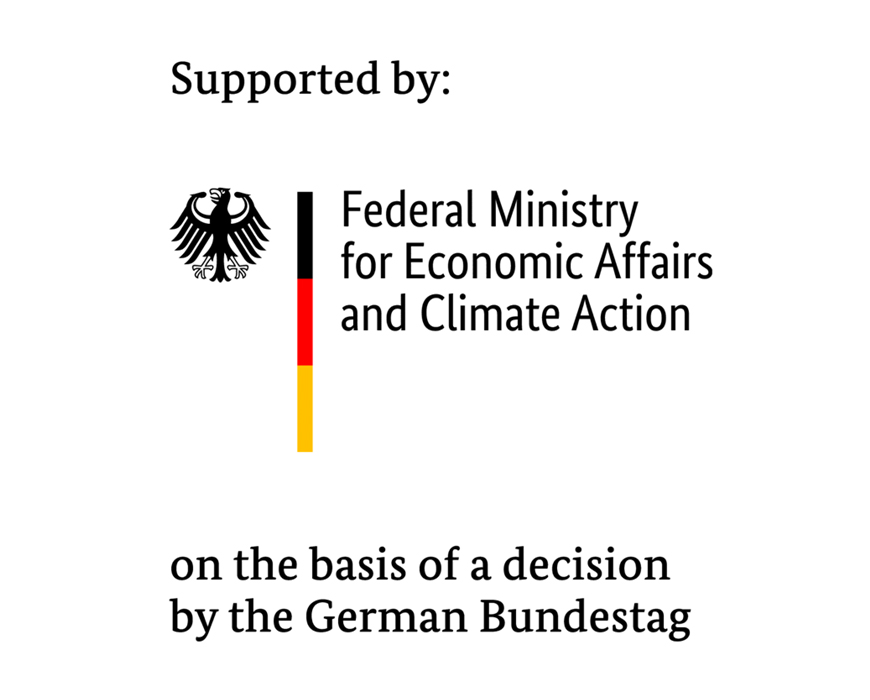| Funding: | Federal Ministry for Economic Affairs and Climate Action (BMWK) |
| Duration: | 06/2019 - 02/2023 |
- While wind turbine rotor blades are increasing in size all the time, the aerodynamic models employed for their design are already more than 20 years old.
- The HighRe project focuses on the question of whether these models are still effective for modern blades.
- To this end, the aerodynamics of the AD8 wind turbine are being measured by Fraunhofer IWES and the results compared against simulations running in parallel.
While wind turbine rotor blades are increasing in size all the time, the aerodynamic models employed in their design have barely changed over the last 20 years. The majority of models are therefore developed on turbines with blade lengths of less than 30 meters or derived from wind tunnel experiments. But how valid are these models for today’s blades with their lengths already in excess of 100 meters?
That is the central question in the HighRe project: Aerodynamics with high Reynolds numbers for the large offshore wind turbines of the future project. The maxim is: the closer the design model is to the reality, the better and more cost-effectively the blades can be designed.
Even in advance of the HighRe project, Fraunhofer IWES was able to demonstrate that there are significant deviations in the modeling of yawing wind turbines, i.e., turbines subject to an skewed inflow (Rahimi 2018*). The models used for the purpose were developed more than 20 years ago on considerably smaller turbines. The picture is similar for a large number of wind turbine aerodynamics models: the model calculations are based on small turbines.
In HighRe, the aerodynamics of the AD8 wind turbine is therefore being measured by Fraunhofer IWES and the results compared against simulations running in parallel. The project was split into four work packages:
1. Measurement of the wind field: The corresponding wind field must be determined precisely for identification of the aerodynamic effects. To this end, the wind field is scanned using several LiDAR devices with local resolution in front of the wind turbine.
2. Measurement of the aerodynamics: The aerodynamics and the total response of the turbine to the aerodynamic loads are measured on the wind turbine. This is performed using pressure sensors among other devices.
3. Validation of computational fluid dynamics: Computational fluid dynamics are viewed as a very precise tool for the physical description of aerodynamics. A validation needs to be performed for how well the measured characteristics are documented with the method.
4. Validation of the load calculations: The load calculation is the central method in the design of turbines and rotor blades. It includes a variety of models which need to be checked individually in the project.
